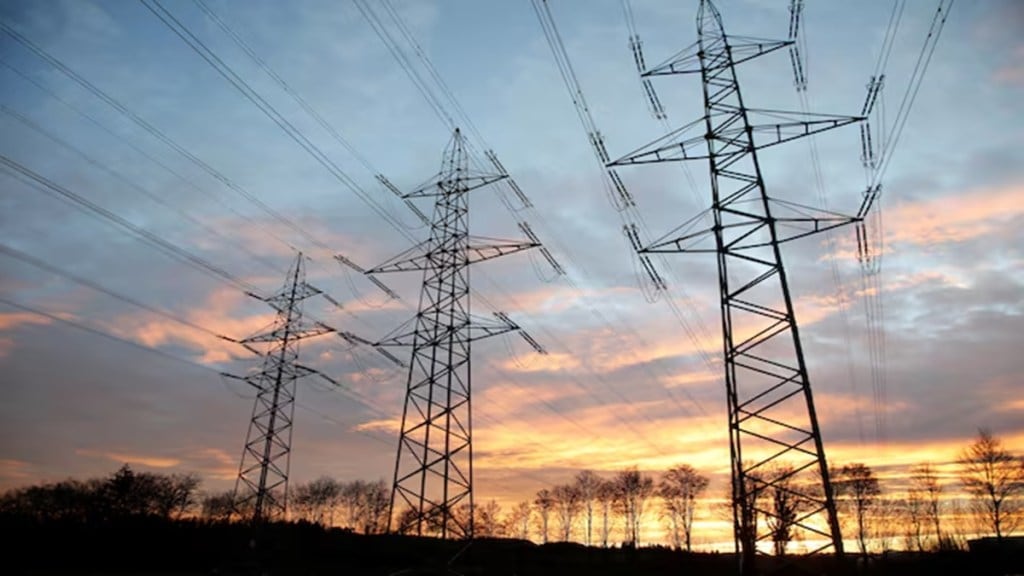The decline in electricity prices on energy exchanges is a temporary phenomenon and is unlikely to significantly affect the signing of power purchase agreements or the setting up of new power plants, according to executives at power companies.
The Market Clearing Price in the Real Time Market (RTM) declined by 28% year-on-year in May, while prices in the Day Ahead Market (DAM) dropped by 22%, according to the Indian Energy Exchange (IEX), a leading electricity exchange platform. IEX attributed the decline to early rains, which reduced electricity demand, along with increased hydro, wind, and thermal generation that boosted supply liquidity on the exchange platform, leading to a substantial fall in both DAM and RTM prices.
India’s energy consumption stood at 148.7 billion units (BUs) in May 2025, marking a 4% decline from the same month last year, according to government data.
According to a recent report by IIFL, about 18 gigawatts (20% of total solar capacity) was curtailed on May 25 due to low weekend demand. Spot prices even touched zero at several points during the day.
If this trend continues, power purchase agreements (PPAs) and new solar projects could slow down, as distribution companies (DISCOMs) won’t sign deals until demand increases, IIFL said.
Between May 26 and June 2, spot prices fell 28% on a yearly basis.
An NTPC Green executive termed the fall in prices as an “outlier event”. “In the long-term, it is not an issue. Power demand is on the rise due to electrification of railways, growth of data centres and so on,” the executive said. He said since thermal capacities are not expanding in a significant way, renewable energy expansion and supply are inevitable.
A Tata Power executive also called the fall in prices as “one of event ” He said power demand peaks in summer and then falls in rainy season and it changes from state to state.” Nowadays, a lot of hybrid projects are getting commissioned which is a mix of wind and solar clubbed with battery storage,” the executive said.
Pawan Agarwal, CEO-IPP (independent power producer) business at Waaree Energies, said the recent fluctuations in spot electricity prices, primarily influenced by seasonal factors and evolving demand patterns, are part of the natural dynamics of an increasingly diversified and responsive power market.
“Also, the country is moving more towards extended RE supply, hence it should be more about the day average, rather than specific solar hours,” Agarwal said.
India’s renewable energy sector continues to progress steadily, with policy initiatives, storage integration, and digital grid advancements shaping the next phase of growth. The expansion of Battery Energy Storage Systems (BESS), Time-of-Day (ToD) metering, and supportive regulatory frameworks will further optimise solar utilisation and enhance the long-term value of solar Power Purchase Agreements (PPAs), he said.
“As India moves toward its ambitious target of 500 GW of non-fossil fuel capacity by 2030, we believe solar plus storage models will play a pivotal role in ensuring energy security, flexibility, and affordability,” he said.

